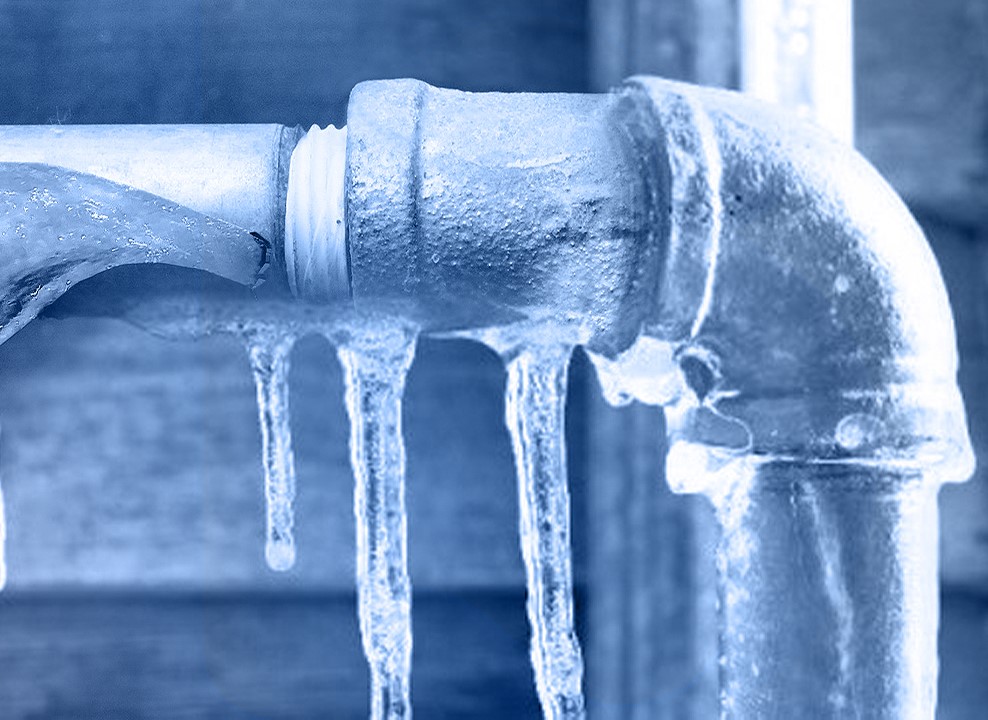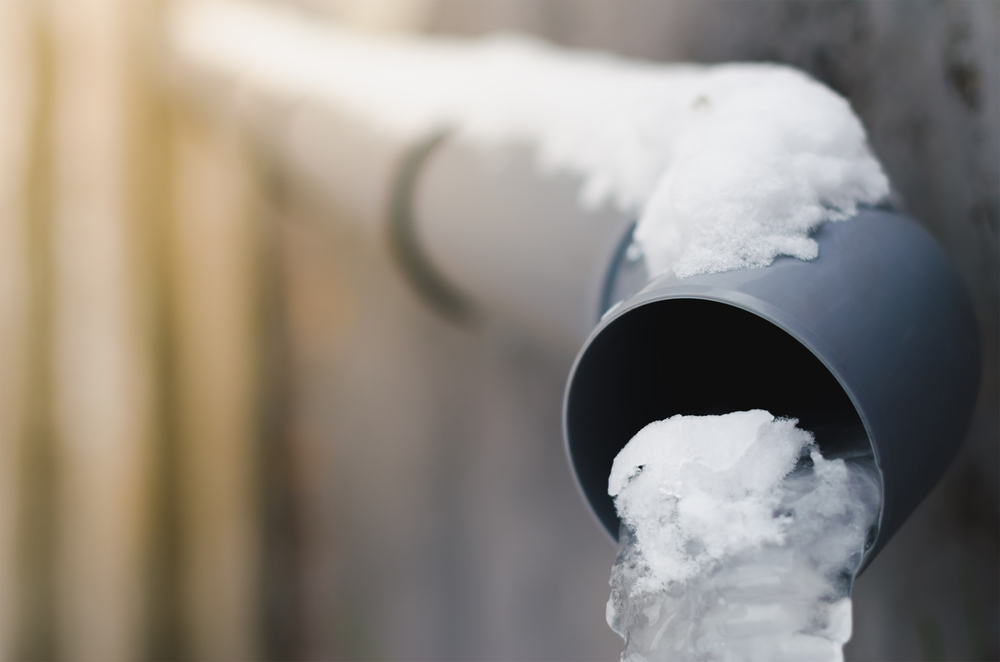Avoiding Your Pipes from Freezing: Effective Methods
Avoiding Your Pipes from Freezing: Effective Methods
Blog Article
Are you currently looking for facts and techniques involving Winter Plumbing Precautions: Preventing Frozen Pipes?

Cold weather can damage your pipes, particularly by freezing pipes. Below's exactly how to prevent it from taking place and what to do if it does.
Introduction
As temperatures decrease, the danger of icy pipes boosts, potentially leading to expensive fixings and water damage. Understanding just how to prevent icy pipes is critical for homeowners in chilly climates.
Prevention Tips
Protecting prone pipes
Wrap pipelines in insulation sleeves or utilize warm tape to shield them from freezing temperatures. Concentrate on pipes in unheated or outside areas of the home.
Heating techniques
Keep interior areas sufficiently heated up, particularly areas with plumbing. Open closet doors to enable warm air to distribute around pipelines under sinks.
How to identify icy pipelines
Try to find decreased water flow from taps, unusual smells or sounds from pipes, and visible frost on exposed pipelines.
Long-Term Solutions
Architectural changes
Think about rerouting pipes far from outside wall surfaces or unheated areas. Add added insulation to attics, cellars, and crawl spaces.
Upgrading insulation
Invest in high-quality insulation for pipelines, attics, and walls. Appropriate insulation assists maintain constant temperature levels and lowers the danger of icy pipes.
Securing Exterior Plumbing
Garden hose pipes and outside taps
Disconnect and drain garden tubes before winter season. Set up frost-proof faucets or cover exterior faucets with protected caps.
Comprehending Icy Pipelines
What creates pipelines to ice up?
Pipelines freeze when revealed to temperature levels below 32 ° F (0 ° C) for extended durations. As water inside the pipes ices up, it expands, putting pressure on the pipeline walls and possibly triggering them to break.
Risks and problems
Icy pipes can bring about water supply interruptions, residential property damages, and expensive repair services. Ruptured pipes can flood homes and trigger considerable structural damage.
Indications of Frozen Water Lines
Recognizing icy pipelines early can prevent them from bursting.
What to Do If Your Pipes Freeze
Immediate activities to take
If you think frozen pipes, maintain taps open up to alleviate pressure as the ice melts. Use a hairdryer or towels taken in warm water to thaw pipelines slowly.
Conclusion
Preventing icy pipelines needs proactive steps and fast actions. By comprehending the causes, indicators, and preventive measures, property owners can safeguard their pipes during winter.
6 Proven Ways to Prevent Frozen Pipes and Protect Your Home
Disconnect and Drain Garden Hoses
Before winter arrives, start by disconnecting your garden hoses and draining any remaining water. Close the shut-off valves that supply outdoor hose bibs and leave the outdoor faucet open to allow any residual water to drain. For extra protection, consider using faucet covers throughout the colder months. It’s also important to drain water from any sprinkler supply lines following the manufacturer’s directions.
Insulate Exposed Pipes
Insulating your pipes is an effective way to prevent freezing. Pipe insulation is readily available at home improvement stores and is relatively inexpensive. Pay close attention to pipes in unheated areas such as the attic, basement, crawl spaces, or garage. Apply foam insulation generously to create a buffer against the cold. You can also wrap your pipes in heat tape or thermostat-controlled heat cables for added warmth.
Seal Air Leaks
Inspect your home for any cracks or openings that could let in cold air. Seal any holes around the piping in interior or exterior walls, as well as the sill plates where your home rests on its foundation. Additionally, make sure to keep your garage door closed unless you’re entering or exiting. Leaving it open creates a significant air leak that can lead to frozen pipes.
Allow Warm Air Circulation
During cold snaps, it’s essential to allow warm air to circulate evenly throughout your home. Leave interior doors ajar to promote better airflow. Open kitchen and bathroom cabinets to help distribute heat consistently around the rooms. If you have small children or pets, be sure to remove any household chemicals or potentially harmful cleaners from open cabinets for safety.
Let Faucets Drip
A small trickle of water can make a big difference in preventing ice formation inside your pipes. When temperatures drop significantly, start a drip of water from all faucets served by exposed pipes. This continuous flow helps prevent the water from freezing. Additionally, running a few faucets slightly can relieve pressure inside the pipes, reducing the chances of a rupture if the water inside does freeze.
https://choateshvac.com/6-proven-ways-to-prevent-frozen-pipes-and-protect-your-home/

As a serious reader about Preventing and dealing with frozen pipes, I figured sharing that short article was a good thing. Make sure you set aside a second to promote this post if you liked it. Thank-you for taking the time to read it.
Automated Marketing Report this page